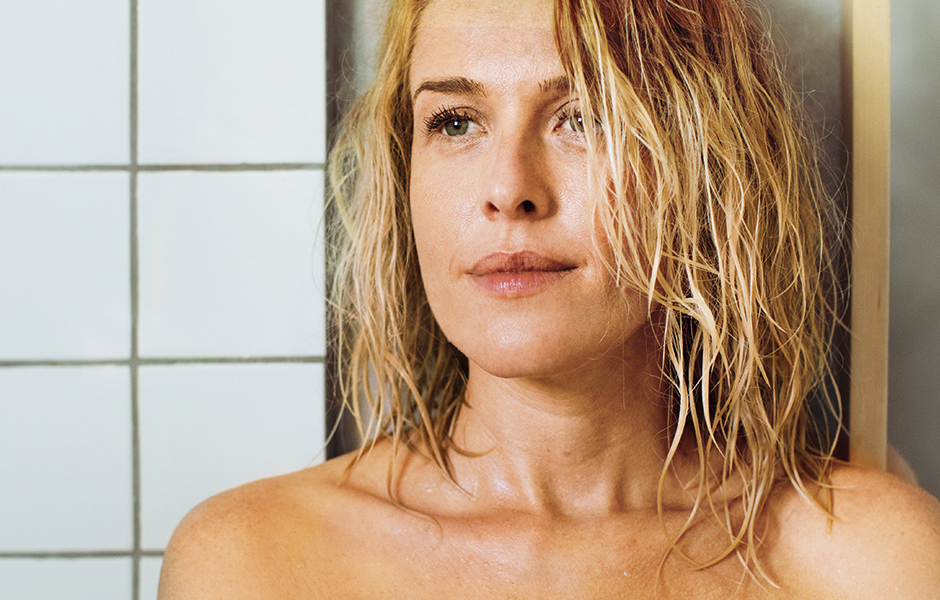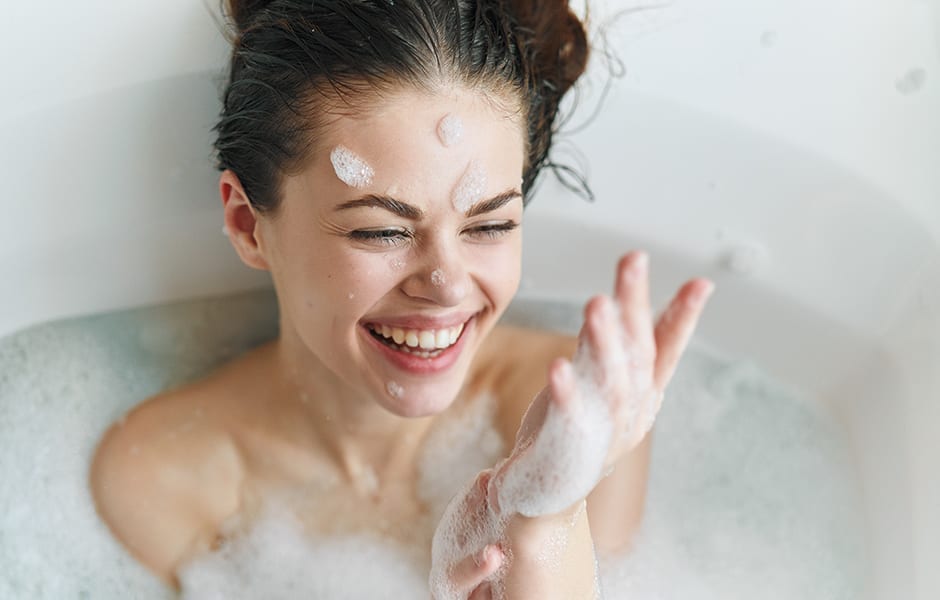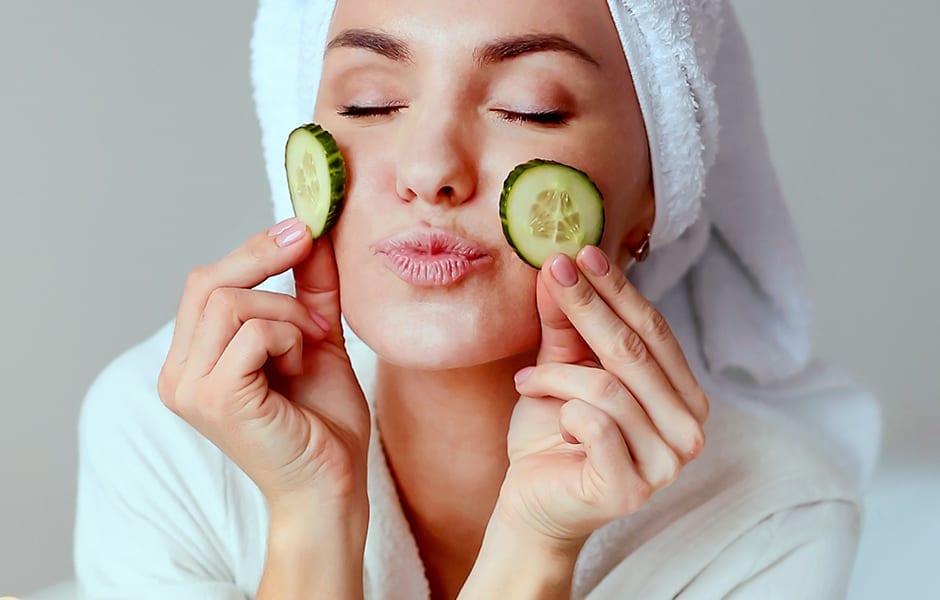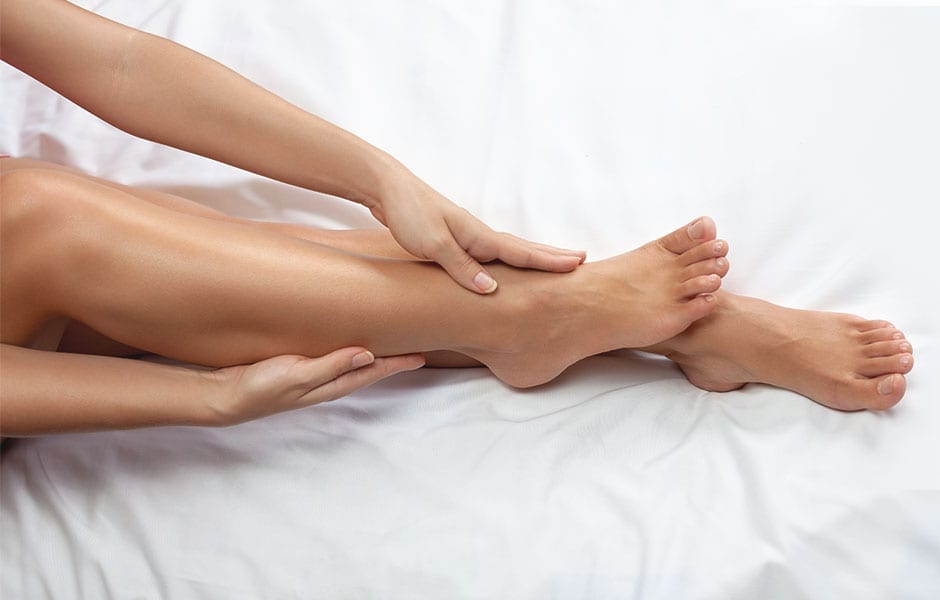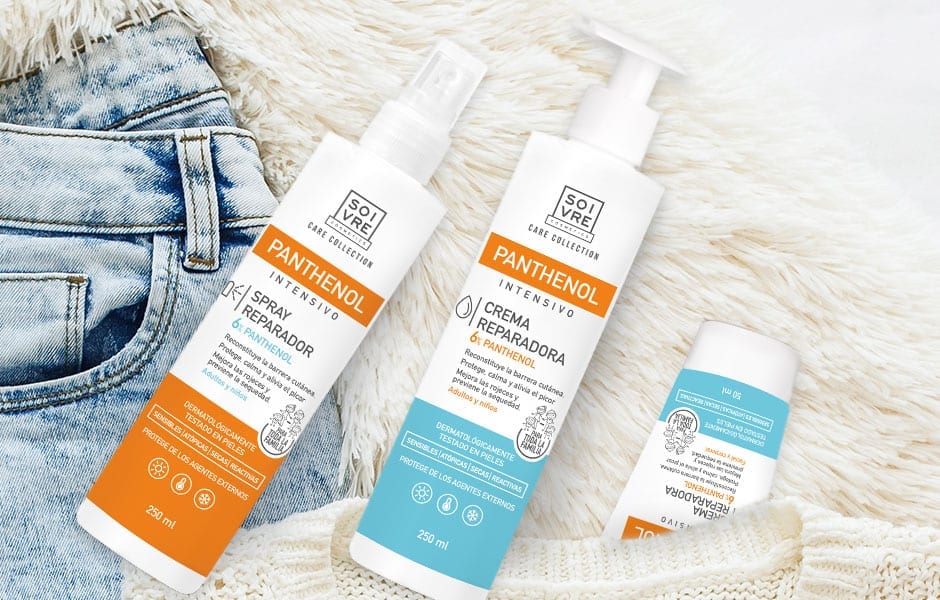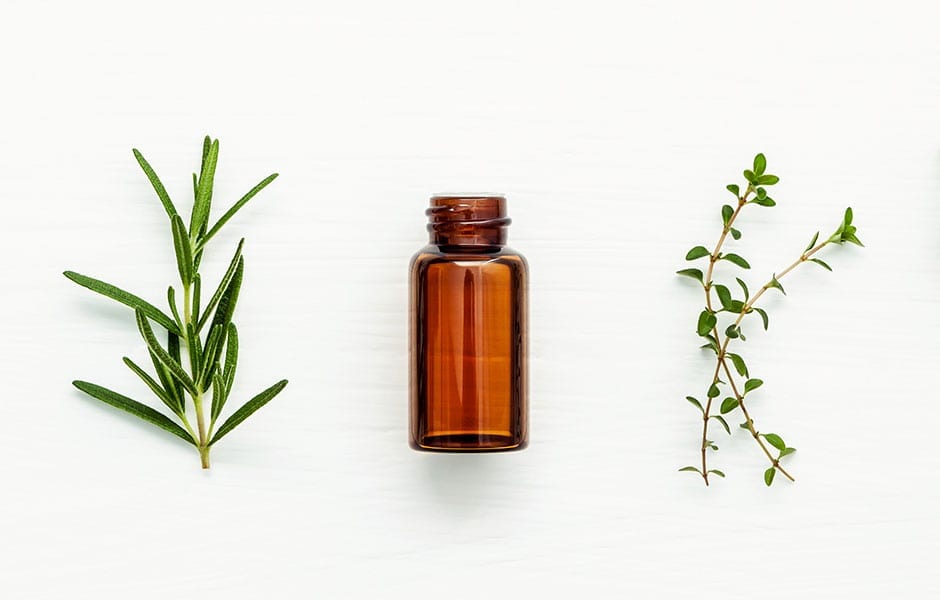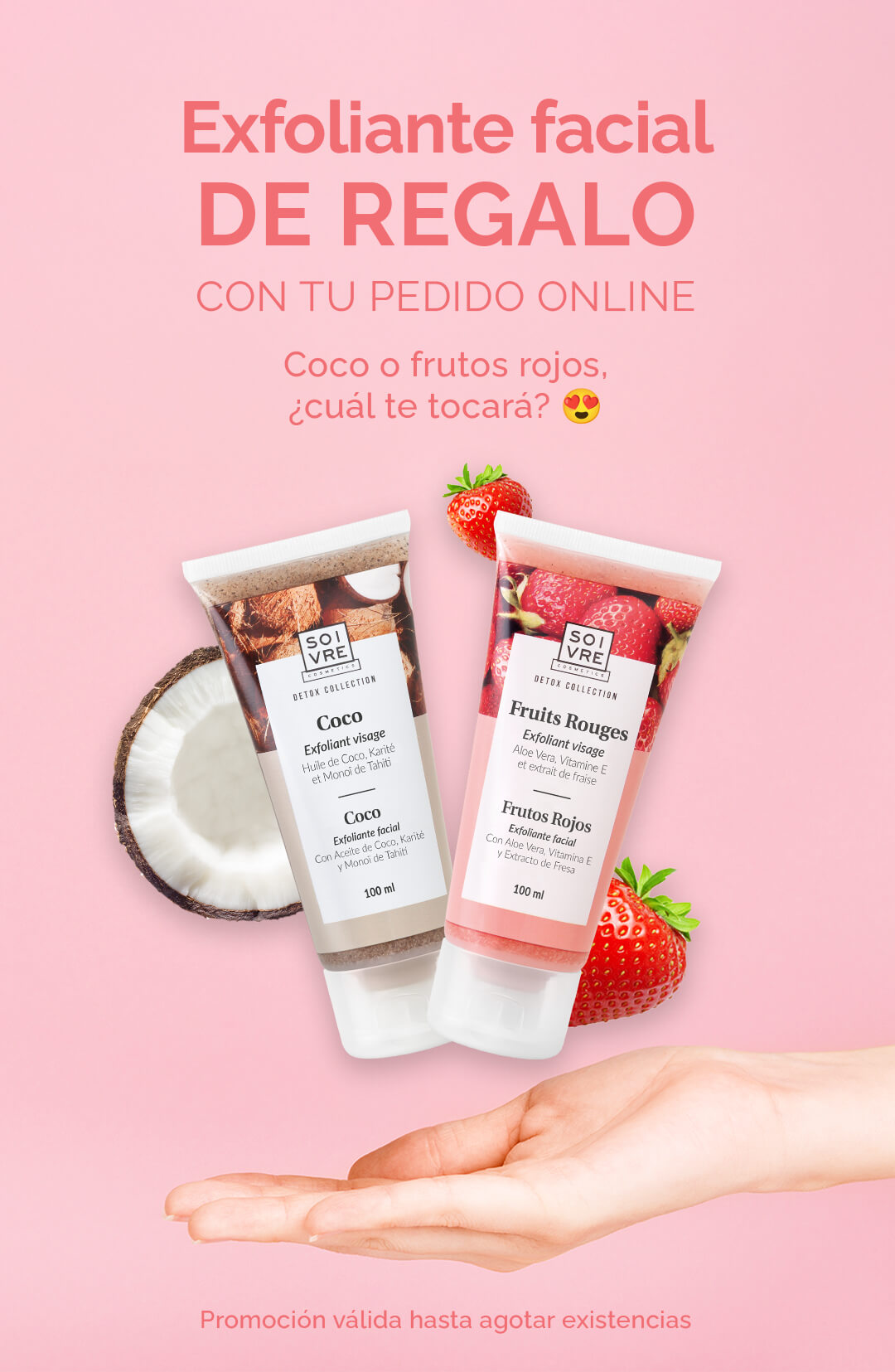Sun allergies are a series of reactions that our skin has when it suffers the aggression of particularly intense sun rays.as is usually the case during the summer. Symptoms in the sun-allergic skin do not manifest themselves immediately, but can take varying lengths of time after exposure to the sun, from hours in some cases to days in others.
This condition in sun-allergic skin It can be temporary, lasting only a few hours, or permanent, in which case health care intervention is needed. The so-called chronic allergy usually starts with mild rashes and progressively develops into serious skin problems.
There is different pathologies that can be included in what we usually call sun allergy. All of them have in common the different skin reactions to the sun's rays.
[Tweet "Symptoms in sun-allergic #skins do not manifest themselves immediately"]
Typology of sun allergies
- The polymorphic light eruption -also called PLE- is the most common sun allergy. It tends to occur in young women, as it is directly associated with hormonal factors.
See suffer in spring and in the first part of the summerThe symptoms can appear on the face, décolleté, arms and even the feet. To prevent it sun creams are very effectiveas well as certain food supplements that boost the person's resistance to solar radiation.
- The solar urticaria is not as frequent as the previous one, nor is it exclusive to women.. Nor does it have a definite season, and can appear at any time during the summer. While in the polymorphic rash symptoms appear hours after exposure to the sun, in the case of solar urticaria the effect is immediate. In its treatmentare often used antihistamines orally.
- The actinic prurigo is another of the diseases that often manifest themselves by sun allergyalthough it is not specifically considered to be allergic. It is more normal in older people. In these cases, it is a question of age-sensitive skin and reactions to sun exposure can be significant, including symptoms of skin thickening.
Causes of allergy in sun-allergic skin
It has been proven that in most cases the cause of the problem is exposure to UVA rays. It may also be due, although the proportion is very small, to UVB rays and to a combination of both factors.
Some experts explain that it occurs an imbalance between oxidants and antioxidants in the skin. In cases where there is a lack of certain elements, such as antioxidants or vitamins E and C, reactions known as sun allergy occur.
Diagnosis of allergy
The first step would be to analyse the damage well at sun-allergic skin and rule out reasons other than allergy, such as the case of insect bites, burnsThis differentiation is important, among other things, because the treatments to be applied in the two cases are very different.
Some specialists use a very simple technique to find out if it is a sun allergy. By means of the called photo-provocation, the skin is intentionally exposed to UVA rays. As a result of this exposure, in the case of sun-allergic skin the characteristic symptoms of papules, lesions and rashes...
In this type of allergic dermisThe skin reacts immediately and the effect of the sun's rays is produced, the symptoms disappear in a few days, when we stop exposing ourselves to the sun. These allergies tend to be chronic, and it is normal for them to be first discovered in childhood and adolescence.
Skin allergy prevention and treatment
The itching, redness and inflammation often cause the patient to have the need to alleviate symptoms. Therefore, the trend is to look for certain products, such as corticosteroids and antihistamines, within the wide variety available on the market.
It is important to know that such products, which appear to soothe allergy symptoms, do not offer a cure for the disease.but only alleviate the signs. It is best to take some preventive measures:
- With a so-called "desensitisation" therapy, with light therapyIn this way, we can accustom our skin to a higher level of ultraviolet radiation, UVA and UVB.
- It is necessary to avoid the sun, especially during the hours of the day when the sun's rays are most intense.. For this we will use all kinds of accessories, long sleeves, hats, neck protection, lip balms and solar, etc...
- When sunbathing, people with sun-allergic skin should avoid using perfumes, cosmetics and deodorants.
- Positive is the consumption of antioxidants and omega-3 oil productsThis will help to combat allergy symptoms.
[Tweet "The consumption of antioxidants and omega-3 oil products helps to combat 1TP5Allergy"]
The benefits of aloe vera and panthenol
In the line of SOIVRE aloe vera cosmetics people with sensitive skin will find the best solution. Especially with our cosmetic line based on aloe vera or aloe vera-based cosmetics. panthenol.
- Our Aloe Vera Gel is an effective remedy to prevent dryness of the dermis, while offering high protection and hydration to the skin, protecting it from the effects of the sun. It contains no added oils, fats or alcohol. It is therefore an excellent solution for sensitive or irritated skin.
- The Facial Cream with Aloe Vera is yet another example of hydration, relaxation and revitalisation for sensitive skin.
- For the care of sensitive and/or sun-allergic skin, we also highlight our line of products with panthenol for its great soothing effect on the skin after sun exposure. Due to its components, it is an ideal after-sun range, which repairs, nourishes and protects the skin as well as recovering it after epidermal alterations. Our range with Panthenol has intensive repair cream body and facial, repair spray y facial cream.




